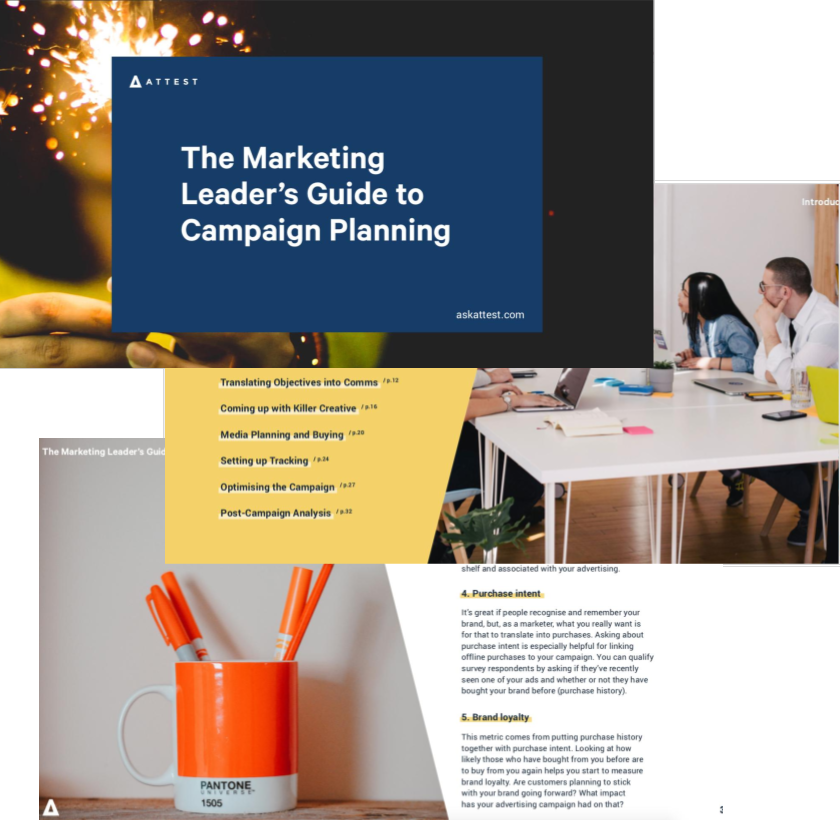So Haute Right Now: How Louis Vuitton Are Killing It On Social Media

It's no secret that Louis Vuitton is a global branding success story. Discover how their social media strategy keeps them at the top of the luxury goods game.
Whether you’re the proud owner of their infamous brown-and-beige tote, or you’d never dream of splashing thousands on a bag, you’ve definitely heard of Louis Vuitton.
And while 19th-century Parisian origins can help with renown, in a market as crowded and competitive as luxury goods, Louis Vuitton is doing something special to keep winning market share.
It’s an industry that has been slow to embrace social media, upholding the belief that luxury shopping should remain a privileged pursuit, out of reach to the average consumer. But in today’s world, where 40% of all luxury purchases are influenced by a consumer’s digital interactions with a company, it’s no longer about head-turning window displays or an excellent shop floor experience. Successfully winning market share is about engaging with customers digitally and socially.
Louis Vuitton has certainly cottoned on.
The brand has a Twitter following of 7.5 million and an Instagram following of 35.4 million (as of 2019). According to Insightpool, it’s the 2nd most influential fashion brand on social media. And Instagram themselves awarded it 3rd place in their Most Buzzed-About Designers of 2017 list.
Perhaps most importantly, this is all turning into revenue, with Louis Vuitton’s 2019 global revenues clocking in at $22 billion.
What is Louis Vuitton doing to get head and shoulders above the competition?
There are three qualities that make Louis Vuitton’s social media strategy so strong.
Let’s take a closer look…
1: Visuals, visuals, everywhere
Naturally, fashion translates best into visuals. Louis Vuitton, like most fashion houses, have more followers on Instagram than any other platform, and this is something they capitalise on.
For starters, they follow the golden rule: post often. Catwalk shows, ad campaigns, promo events, store openings, and instances of influencers wearing their designs are all regularly documented. What’s more, there’s a healthy mix of photos and videos. The aesthetic joy of their platforms, and the variety of stills and video, work hard to keep our attention.
The success of this strategy is borne out by the stats. According to Similarweb, the average online visit to Louis Vuitton’s site lasts a stunning 4.32 minutes (people typically only spend 2.37 minutes at Dior; 2.53 at Chanel; and 3.15 at Dolce & Gabbana by comparison).
It’s a visual affair on their other platforms, too. You’d be forgiven for wondering whether you were still on Twitter whilst browsing Louis Vuitton’s feed. Every tweet is accompanied by a high-resolution photo or video, with the text serving only as an opening title to the main event. Head over to their Facebook and you’ll find it’s no exception. And on that note…
2. Cohesion is clarity
Making an impression (and possibly a sale) is easy when you have a clear, consistent brand – and cohesion is key to building that all-important brand integrity.
Louis Vuitton lives by this mantra. We see it in the coordination of their different social media outlets: all content is visual and has an equivalent no matter which site you access it through.
Simple, easily-decipherable hashtags reinforce this cohesion. Every single social media post is tagged (#LouisVuitton) and event-specific hashtags help followers track specific brand updates.
Their Volez, Voguez, Voyagez Exhibition (#NYCVVV) played into this slick, connected labelling.
The red-stamped initials hark back to the very core of Louis Vuitton (the brand started off making personalised trunks). It hints at the monogramming service for which they are so known, and in turn, invites consumers into the brand. It’s a subtle call to action: this is who we are, why not join in? By keeping their social campaigns aligned with their products—as bags and clothes get initial-tagged, posts get hashtagged—we’re led back to the heart of what they do.
Taking it a step further, the Make A Promise collaboration with Unicef was a bold instruction to act.
The commands are modest: take a photo; hashtag it; spread the word. The outcome is anything but. A core group of LV images was quickly joined by a flock of user-generated content (there are 14K #makeapromise posts on Instagram to date).
The photos—from affluent LV loyalists to aspirational fans who can’t afford the campaign bracelet—are non-discriminatory: anyone can partake. And, under the banner hashtag of #makeapromise, the photos are united. Whether you’re intimately acquainted with LV luxury, or you’re a teenage dreamer, Louis Vuitton is talking to you.
3. Luxury doesn’t have to mean exclusivity
It’s all very well having aesthetic social feeds, and cohesive, connected branding, but real buzz depends on engagement. And this is where Louis Vuitton really come into their own. They invite us to connect like no other fashion house.
Head over to their Facebook page and you’ll notice a chatbot pops up instantly. The same cannot be said for Chanel, Coach, Prada, or Balenciaga. It may seem like a small thing, but it’s a direct avenue into their brand (with a personalised message to boot).
From the first show of interest, Louis Vuitton is immediately entering into a relationship with their potential customer. It speaks to a company who is on the same level as its consumer. Where other brands come off as unattainable, haughty even, Louis Vuitton is open for business.
And that’s just the beginning. Louis Vuitton hopped onto the live-streaming train almost before it left the station. As early as 2010, they live-streamed the opening of their New Bond Street store, and nowadays, they regularly stream their shows. The LV Cruise of 2016 was brought straight to our mobiles via Snapchat, inviting us to watch interviews and titbit conversations with all our favourite celebrities.
It leaves you with a warm feeling. Sure, we might not be able to afford even the most affordable of their products, but aren’t they nice? Instead of equating luxury with exclusivity, Louis Vuitton equate it with aspiration. Anyone is welcome, and everyone is encouraged to get familiar with who they are and what they do.
It’s a strategy that directly impacts their impressive likeability and wins them audiences all over the world. The below pie chart shows the languages in which Louis Vuitton is being mentioned on social media: their global reach is undeniable.
Conclusion
LV strike a fine balance blending the old and the new. Visuals are as important now as they were in the days when print magazines were the only insight into the designer world (possibly even more so).
Their cohesive hashtagging system unites their wide range of media and allows them to tap into internet traffic unrelated to fashion. And their open-door streaming, and campaigns that demand user engagement mobilise social media for what it’s best at: making people feel connected.
It’s not an easy feat when your keyrings alone cost £400, but LV isn’t selling a product, it’s selling a lifestyle. And if you feel involved in a company—loved by them, even—you may well just do something crazy with your money.
Want to create cohesive campaigns that are as effective as LV’s? Grab your copy of the Marketing Leader’s Guide to Campaign Planning, full of insights, expert advice, and handy hints for getting the most out of your campaigns.
Tell us what you think of this article by leaving a comment on LinkedIn.
Or share it on:

